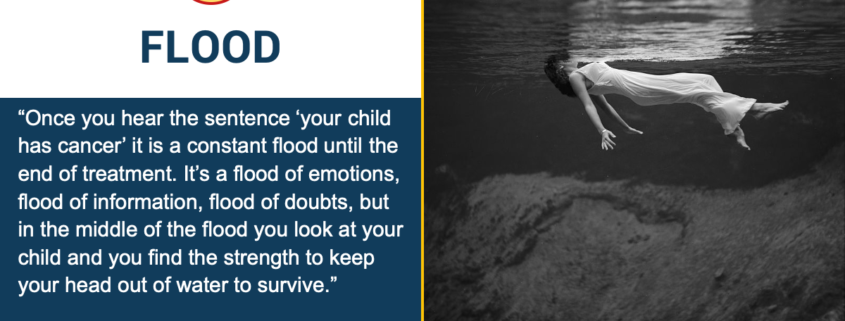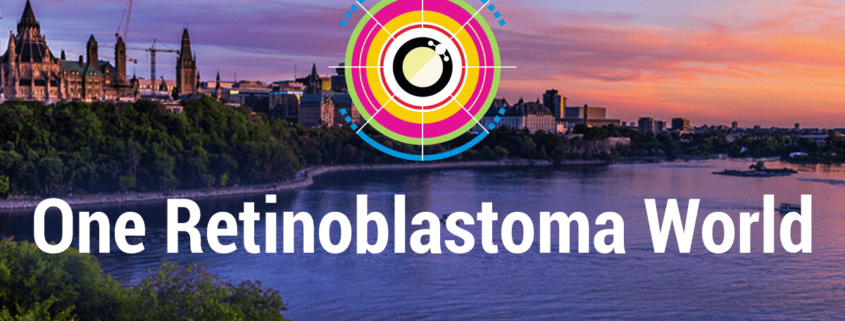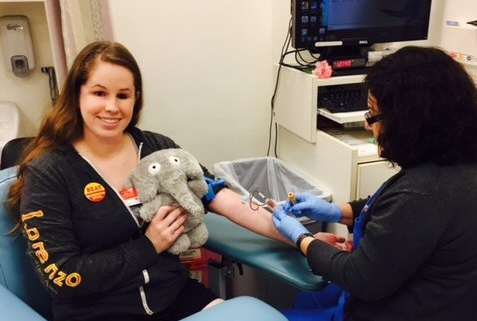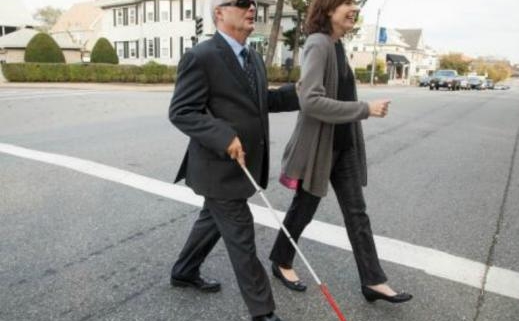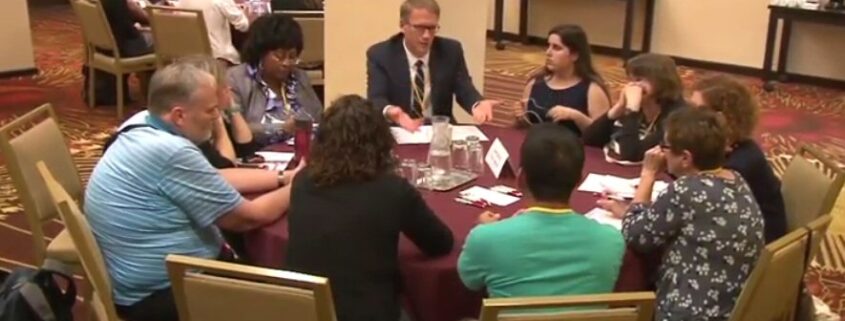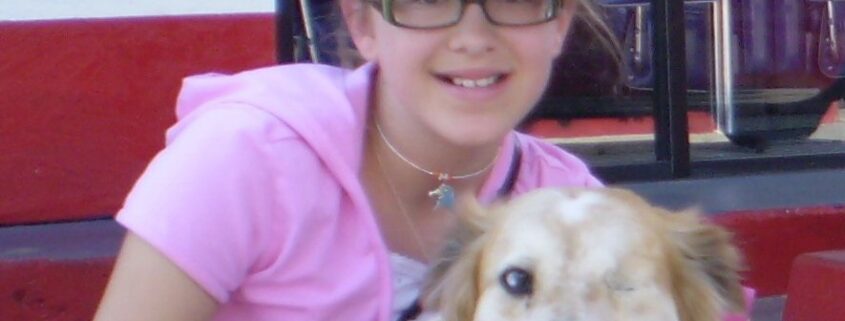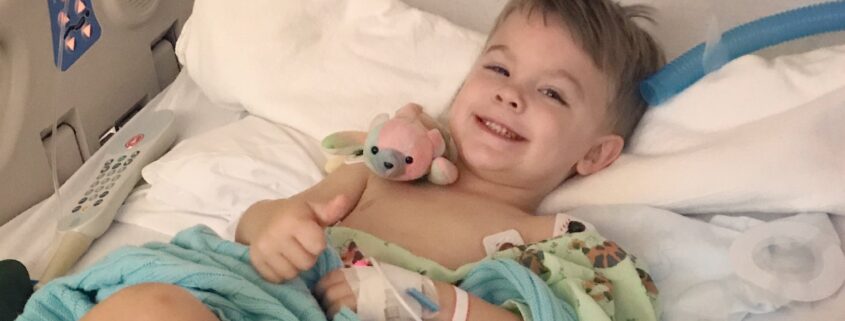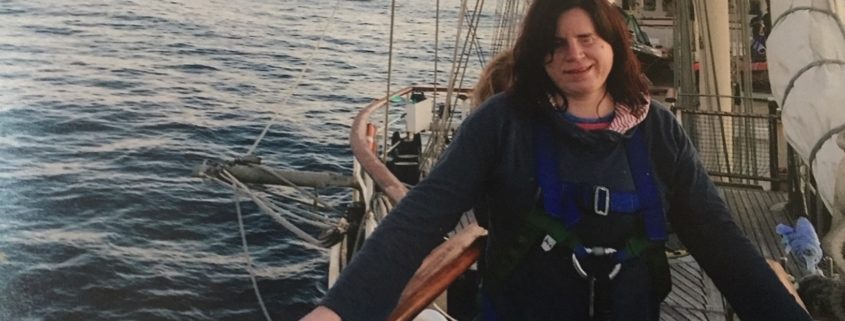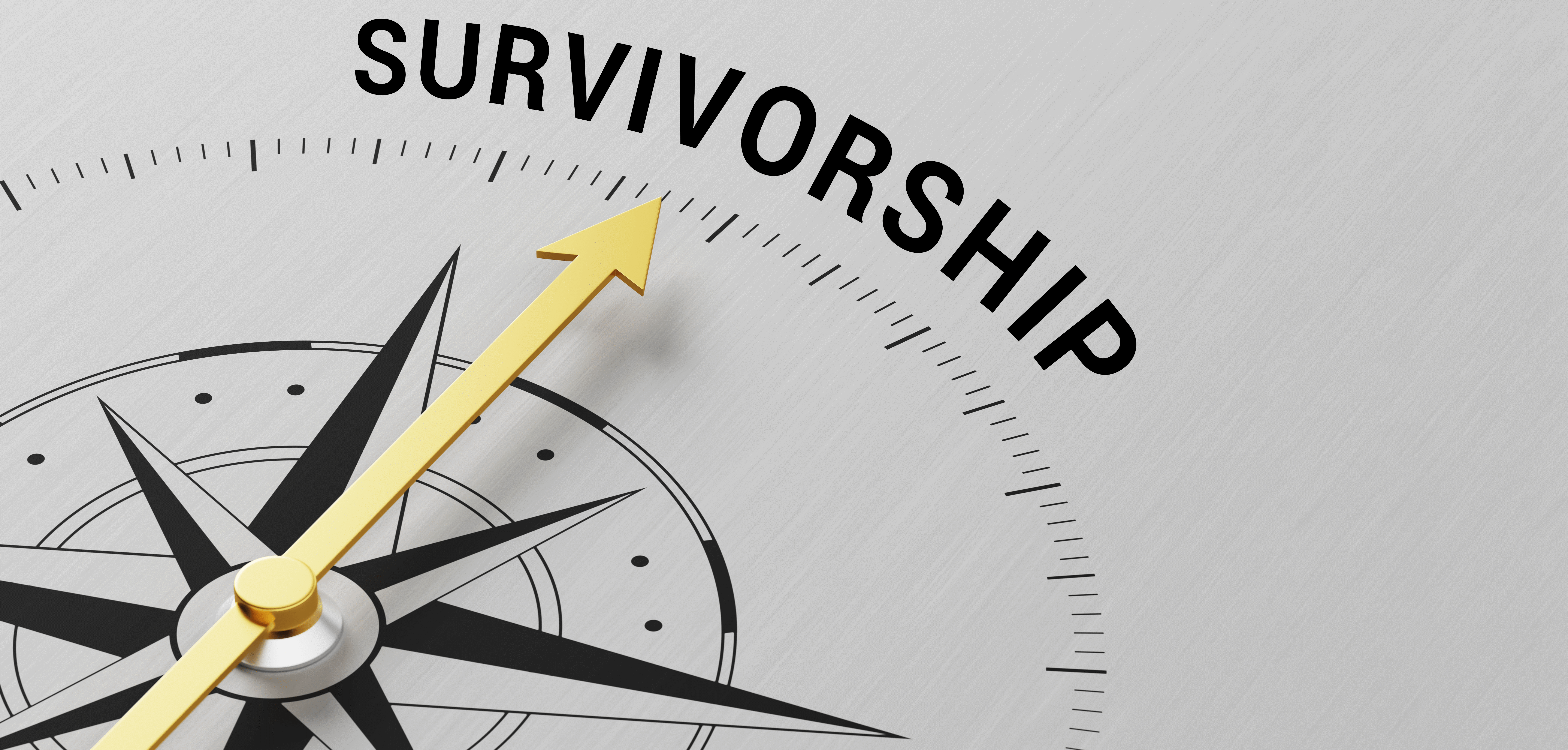Alphabet of Hope: Rewriting the Future of Retinoblastoma Care
After a year of publishing the #FamilyInSight Alphabet of Hope, we bring you the complete collection of 2020 Entries. This is the third #AlphabetOfHope. WE C Hope CEO, Abby White looks back at the alphabet’s genesis, and the insight, wisdom and motivation this literary project brings to the retinoblastoma community.

